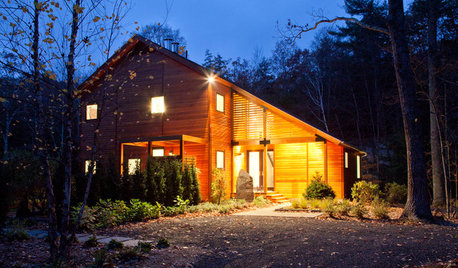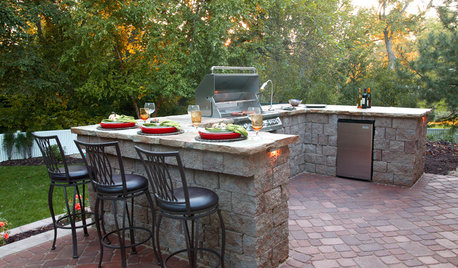Gas Line to NG Range Question
cooks1818
12 years ago
Featured Answer
Sort by:Oldest
Comments (24)
willtv
12 years agocooks1818
12 years agoRelated Professionals
Albany Kitchen & Bathroom Designers · Carlisle Kitchen & Bathroom Designers · South Farmingdale Kitchen & Bathroom Designers · Blasdell Kitchen & Bathroom Remodelers · Ewa Beach Kitchen & Bathroom Remodelers · Los Alamitos Kitchen & Bathroom Remodelers · Martha Lake Kitchen & Bathroom Remodelers · Toledo Kitchen & Bathroom Remodelers · Middlesex Kitchen & Bathroom Remodelers · Phillipsburg Kitchen & Bathroom Remodelers · Palos Verdes Estates Cabinets & Cabinetry · Reading Cabinets & Cabinetry · White Center Cabinets & Cabinetry · Central Cabinets & Cabinetry · Harmony Plumberswilltv
12 years agoUser
12 years agocooks1818
12 years agoUser
12 years agostooxie
12 years agocooks1818
12 years agodoug_gb
12 years agodjg1
12 years agostooxie
12 years agoUser
12 years agocooks1818
12 years agoUser
12 years agoweedmeister
12 years agocooks1818
12 years agokaseki
12 years agostooxie
12 years agocooks1818
12 years agostooxie
12 years agoweissman
12 years agocooks1818
12 years agoratflinger
12 years ago
Related Stories

REMODELING GUIDESSurvive Your Home Remodel: 11 Must-Ask Questions
Plan ahead to keep minor hassles from turning into major headaches during an extensive renovation
Full Story
REMODELING GUIDES13 Essential Questions to Ask Yourself Before Tackling a Renovation
No one knows you better than yourself, so to get the remodel you truly want, consider these questions first
Full Story
WORKING WITH PROS12 Questions Your Interior Designer Should Ask You
The best decorators aren’t dictators — and they’re not mind readers either. To understand your tastes, they need this essential info
Full Story
MOVINGHiring a Home Inspector? Ask These 10 Questions
How to make sure the pro who performs your home inspection is properly qualified and insured, so you can protect your big investment
Full Story
CONTEMPORARY HOMESHouzz Tour: Strong, Modern Lines Stand Up to the Trees
Modernism takes kindly to the New York woods, with double-height ceilings for openness and a burbling creek for music
Full Story
KITCHEN DESIGNHow to Find the Right Range for Your Kitchen
Range style is mostly a matter of personal taste. This full course of possibilities can help you find the right appliance to match yours
Full Story
HOUSEKEEPINGHow to Clean Your Range and Oven
Experts serve up advice on caring for these kitchen appliances, which work extra hard during the holidays
Full Story
OUTDOOR KITCHENSYour Guide to Grills and More for Great Outdoor Cooking
Learn the pros and cons of gas versus charcoal grills, and about neat add-ons that let you do more
Full Story
KITCHEN APPLIANCESFind the Right Cooktop for Your Kitchen
For a kitchen setup with sizzle, deciding between gas and electric is only the first hurdle. This guide can help
Full Story
FIREPLACESRibbons of Fire: 10 Artfully Minimalist Fireplaces
Long and lean and sleek to the core, these gas-burning fireplaces make a powerful contemporary statement
Full StoryMore Discussions






willtv